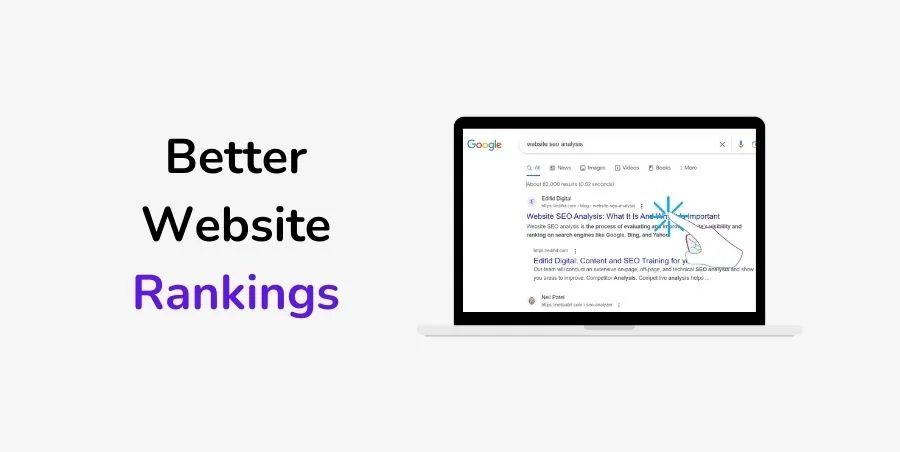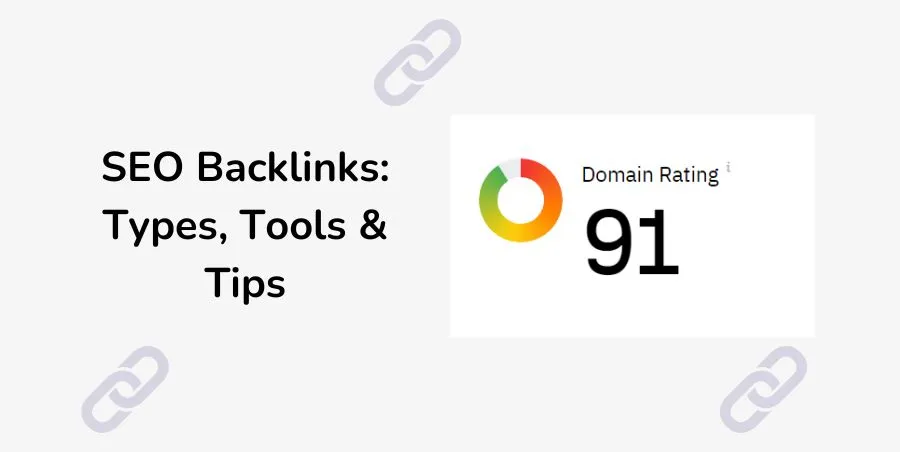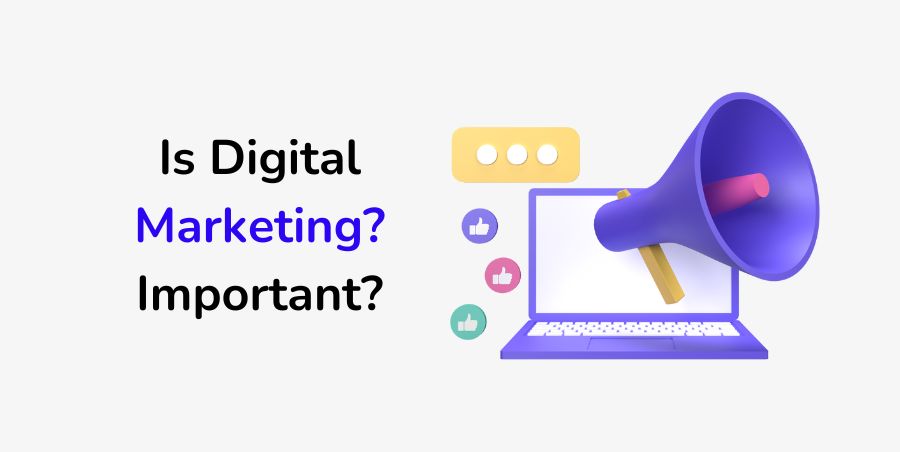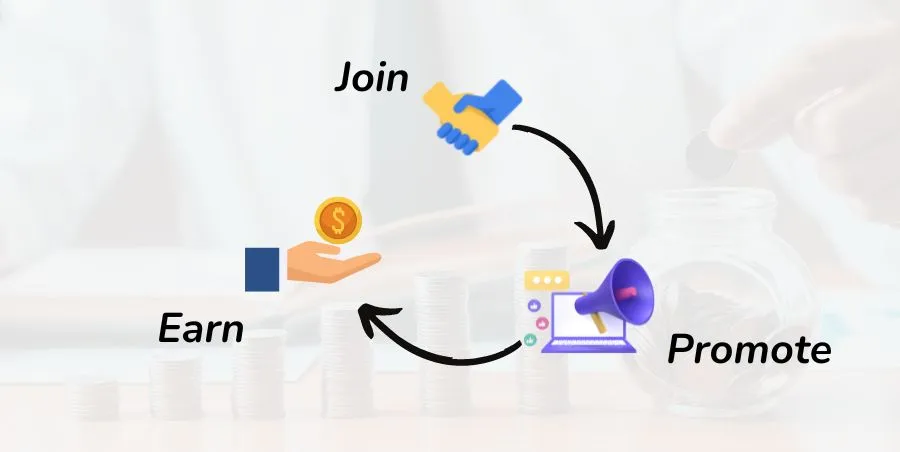How To Rank Your Website On Google In 7 Easy Steps
Do you want to rank your website high on Google search results? And attract more backlinks and increase organic traffic? Or even get more customers for your products or services, and boost your sales and profits? Here’re the seven steps you need to follow and the tools to use. Here’re the 7 steps I […]
How To Rank Your Website On Google In 7 Easy Steps Read More »



